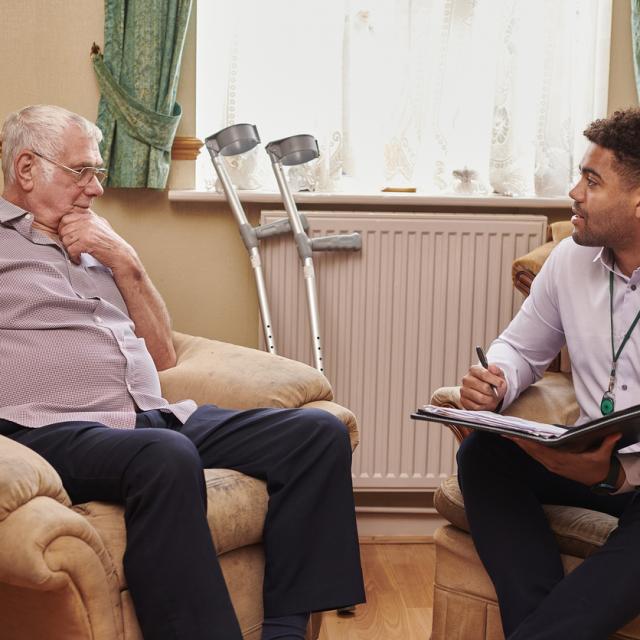People in the UK prefer a tougher approach on immigration compared with the US, but Americans more conservative on social issues
 Press release
Press release

Ahead of this year's British Social Attitudes report, the National Centre for Social Research (NatCen) has released new data collected in Autumn 2024. The latest findings show a shift in public attitudes toward taxation and government spending. The proportion of people who support reducing tax and public spending has reached its highest level on record (15%), while support for increasing tax and spending is at its lowest point in a decade (40%).
The highest priority for government spending continues to be Health; this is around 1 in 2 and reflects a long-standing trend in public opinion. Other top priorities for Britons are Education (15%) and Housing (12%).
Alex Scholes, Research Director at the National Centre for Social Research, says: “Typically, British Social Attitudes (BSA) data has shown that levels of support for taxation and spending have followed a cyclical pattern. When the size of the state increases, levels of support for increased taxation and spending declines, and vice versa. Our latest data show perhaps the beginnings of a public reaction to the increased levels of taxation and spending we’ve seen post-pandemic, with a decline in the proportion of those thinking public spending should be increased to 40% and a record 15% feeling that taxation and spending should be reduced. That said, the current level of support for higher taxes and spending is still above the 31% to which it fell in 2010, even though taxes are now higher as a proportion of GDP and public spending is at a similar level as to then.
With regards to public spending priorities, health remains at the top – with 48% saying this should be the highest priority for extra government spending. This is followed by education (15%) and housing (12%). The proportion of people highlighting defence as a priority, at 9%, has increased by 7 percentage points from when the question was last asked in 2021, and is the highest it’s been since the question was first asked in 1983.”
 Press release
Press release


 Report
Report
Receive a regular update, sent directly to your inbox, with a summary of our current events, research, blogs and comment.
Subscribe